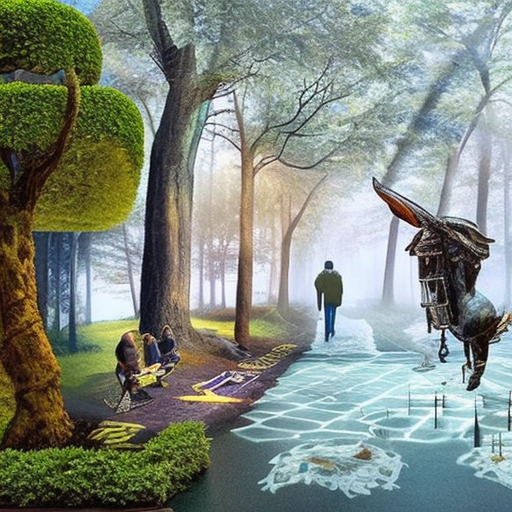Summary: 3D modeling is the process of creating a three-dimensional representation of an object or scene using specialized software. It is widely used in various industries, including animation, gaming, architecture, and product design. The process involves creating a digital model by manipulating vertices, edges, and faces to form complex shapes and structures. 3D modeling allows artists and designers to bring their ideas to life and create realistic and immersive virtual environments.
Introduction
3D modeling is a technique used to create digital representations of objects or scenes in three dimensions. It has become an essential tool in various industries, enabling artists and designers to visualize and communicate their ideas effectively. This summary explores the process of 3D modeling, its applications, and its impact on art and design.
The Process of 3D Modeling
The process of 3D modeling involves several steps, starting with the creation of a basic shape or structure. Artists and designers use specialized software, such as Autodesk Maya or Blender, to manipulate vertices, edges, and faces to form complex objects. These software tools provide a range of modeling techniques, including polygonal modeling, NURBS modeling, and sculpting.
Applications of 3D Modeling
3D modeling has a wide range of applications across various industries. In the entertainment industry, it is used in the creation of animated films, video games, and virtual reality experiences. 3D models are also used in architectural visualization to create realistic representations of buildings and interiors. Product designers use 3D modeling to prototype and visualize their designs before manufacturing. Additionally, 3D modeling is used in medical imaging, industrial design, and virtual simulations.
Advantages of 3D Modeling
One of the main advantages of 3D modeling is its ability to create realistic and immersive virtual environments. Artists and designers can manipulate lighting, textures, and materials to achieve lifelike representations. 3D models can be easily modified and updated, allowing for quick iterations and changes. Furthermore, 3D modeling enables the creation of complex and intricate designs that would be challenging to achieve manually.
Challenges and Limitations
While 3D modeling offers numerous advantages, it also presents challenges and limitations. Creating highly detailed and realistic models can be time-consuming and require advanced technical skills. The process of rendering 3D models, especially complex scenes, can be computationally intensive and time-consuming. Additionally, 3D modeling software can be expensive, making it inaccessible to some artists and designers.
The Impact of 3D Modeling on Art and Design
The advent of 3D modeling has revolutionized the fields of art and design. It has opened up new possibilities for artists to explore and experiment with their creativity. 3D modeling has also facilitated collaboration between artists and designers, allowing for the seamless integration of different disciplines. The use of 3D models in virtual reality and augmented reality experiences has transformed the way people interact with art and design.
Conclusion
3D modeling is a powerful tool that has transformed the way objects and scenes are represented in digital form. Its applications span across various industries, enabling artists and designers to create realistic and immersive virtual environments. While 3D modeling presents challenges and limitations, its impact on art and design cannot be overstated. As technology continues to advance, 3D modeling is likely to play an even more significant role in shaping the future of visual representation.












